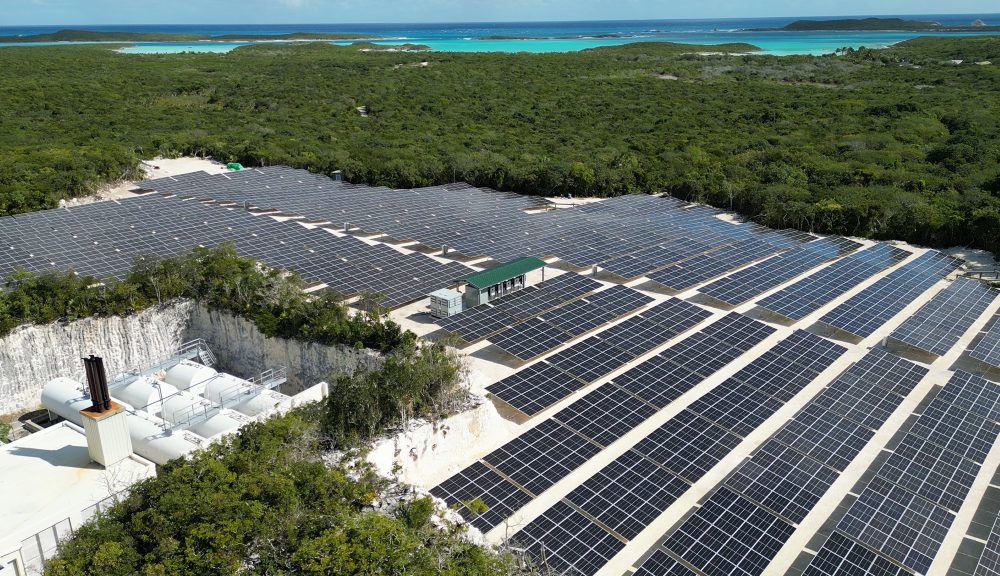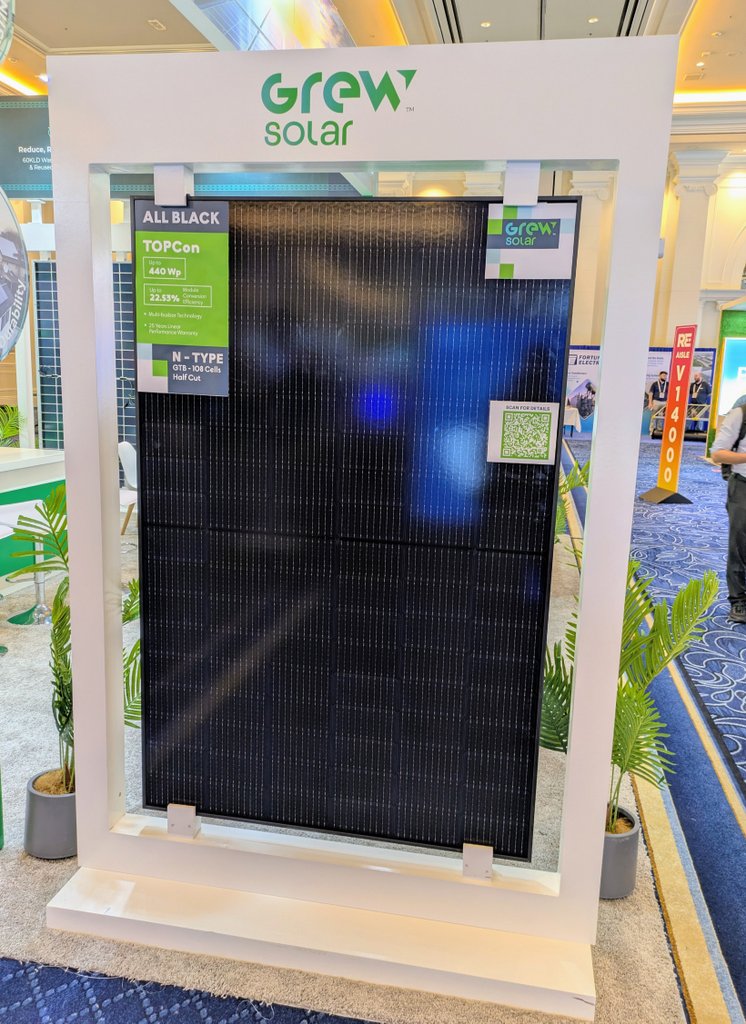Storage can deliver big savings for both commercial, residential customers if you know where to look

SimpliPhi residential installation in Hawaii.
Throughout the United States, utilities are now applying rate structures to residential customers’ electricity bills that have historically been reserved for commercial and industrial customers only. These new rate structures, such as time-of-use (TOU) and peak demand, are significantly increasing electricity bills for residential, commercial and industrial customers alike, and will continue to do so for years to come — not to mention California SB 700, which will result in nearly three GW of energy storage systems at schools, farms, homes, nonprofits and businesses in California by 2026.
Given this trend, the reason to use storage on its own or storage + solar to offset rising utility rates has become more compelling than ever.
Ways to save
Storage is a practical way to save money and protect a home or business from escalating electricity costs in connection to a wide range of unfavorable utility rate structures, including:
- Reductions in the ‘payback rate’ utilities provide for solar power that is exported to the grid;
- Application of demand charges that assess a home or business X times the normal rate for exceeding a certain level of power usage during a given month; or the
- Assignment of time-of-use rates that adjust the cost of electricity throughout the day.
Examples
For example, storage alone allows customers on a time-of-use rate or an electric vehicle rate to use grid power to charge their batteries when electricity rates are low (such as at night) and discharge their batteries when rates are at their peak. By enabling home and business owners to shift their use of grid electricity to less expensive times, storage can significantly reduce monthly demand charges.
In the case of solar+storage, TOU can be offset even further. The addition of storage allows home and business owners to store their daytime PV generation for use whenever their energy consumption is greatest — consuming their own power on demand, rather than relying on the utility to value the solar generation they might export or otherwise trust that the utility will provide affordable, unchanging rate structures.
Don’t forget resilience
Beyond these significant day-to-day savings, storage also protects home and business owners from losses when the grid goes down. With extreme weather events, wildfires and other threats to energy security becoming more frequent, storage solutions can be designed to power an entire home or business operation (or just the critical loads) in the event of a power outage.
Many grid-tied solar customers mistakenly believe that they are protected from outages and will have power during a blackout. Grid-tied solar inverters will not operate when grid power is not present. Only through the addition of storage can PV customers continue to access their solar generation when the grid is unavailable. A storage system as small as two batteries and an inverter can allow a home or business to island from the grid during a blackout and ensure that the lights stay on, even when the utility turns them off.
Quite simply, in today’s utility environment, the potential for storage to rein in escalating residential and commercial electricity rates provides a powerful opportunity for solar installers nationwide to realize new revenue streams and greater customer satisfaction.
This post and the entire 12 Days of Storage was contributed by SimpliPhi.





I am a solar professional, and am enthusiastic about the future. Your premise in the above article, however, is short on real finance information, and more to the point, unless you have free capital and deny that the equipment will need to be replaced, the return potential, currently, is nil for all but a very few locations. Even Hawaii is having difficulty. Theoretically, it is sound strategy. Practically, we are a long way from “big savings”, especially in all but utility scale deployments.
This misinformation is not helping anyone, especially those of us who are excited about the parity, even the advantage of solar power and wind. Grid coordination coupled with transmission improvements are realistic and promise more benefit with a smaller investment.. To be sure, during the development period of the last 10 years, we had patrons who were willing to invest money in PV production, but we did not tell them that we would deliver big savings. Developing alternative storage solutions is exciting, but not yet mature enough to market in this way.
There are applications that can make sense, such as emergency power or off grid. Very significant environmental benefits, if those benefits can be monetized, for instance though marketing or power security, can be useful in creating a financial model that can withstand analysis. The purpose of this note is to remind our promoters that adoption is most easily accomplished when the benefits are clear and substantial, allowing for the disruption and replacement of non renewable and environmentally unsustainable practices to be replaced with financially viable systems. False or misleading statements, as most of us can see politically, may be effective in the short term, but are likely to haunt us
It is easy to see that storage technology is leaving middle school. I am guessing we all remember the tough times ahead in high school. .